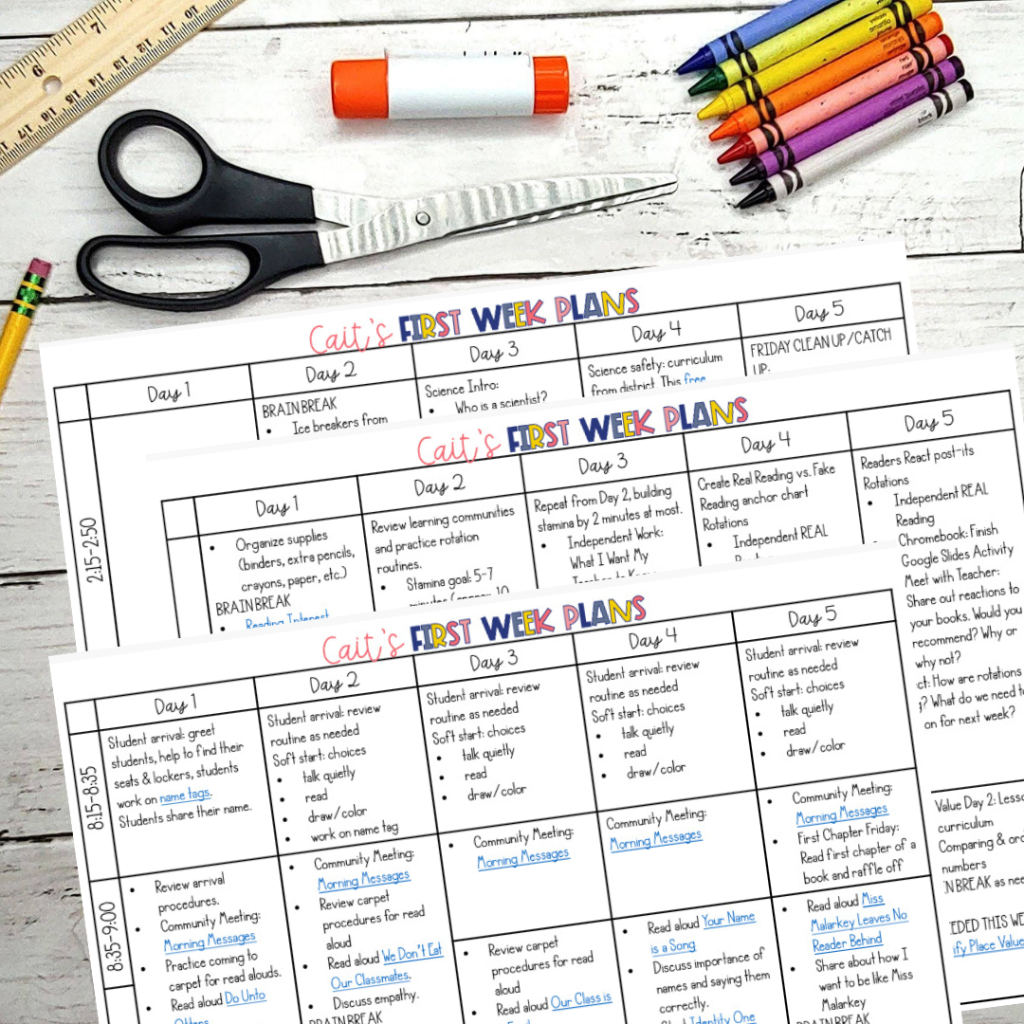When I’m having one of those days when I need one glass two glasses of wine after a ten hour (or more) day that’s involved a data meeting/poor assessments/lesson plan gone horribly wrong/someone else telling me how to my job, my husband always asks, “Why do you even teach if you dislike it so much?”
Immediately, I say, “The kids.” Because that’s what it comes down to, them. But every now and then, I need a reminder to figure out why I’m doing this and what I really believe in. This blog post is not just for you, but it’s for me to, a reminder to myself for why I’m teaching and why I love my job.
1.Be there. Show up every day. I don’t mean you can’t have doctors’ appointments or sick days or personal days. We all have lives. But 99%, you need to show up- physically AND mentally. For some of these kids, you’re the only one who does. They need you. And they know when you’re not there. Be the best teacher you can be the moment you walk in that door.
2.Be flexible. Rarely do lessons go according to plan, and it’s okay. Some of the best times I have with my class are the ones that run off script. Don’t get flustered, just go with it. One of the ways I truly embraced this idea this year was changing the way I plan. Instead of Mon, Tues, Wed, etc., I now plan by numbering the days, just in case I don’t finish something. One time, a student asked me about an animal named in our Time for Kids article- a narwhal. I didn’t know what it was, but I figured it would be great to learn all about it. We spent the next 20 minutes doing some research about narwhals. (They’re pretty cool, by the way.)
3.Give them what they want. Every kid wants choices. Why not give it to them? Giving your students choices allows them the chance to take charge. It’s not MY classroom, it’s OUR classroom. I don’t believe in a dictatorship. I use this philosophy in my fourth grade classroom and my college classroom. Let them choose between performing a skit, writing a paper, or creating a diorama. In the end, they can show you the same ideas that you want, but in their own creative way.
4.Accept only the best. You know what your students can do. I’ve been to look at a student’s paper when they turn it in, and give back, simply saying, “Try again.” They learn that I only accept AWESOME, AMAZING work, and this pushes them to try more.
5.Have fun. Dive in with the kids! Pick lessons and projects that make you excited! We do a research project every year, but I’m forever choosing different topics so I can learn something new too. I choose new books for our novel study, or a different writing project. If I stop having fun with my job, then it’s not fun for anyone. 🙂







 The first FIVE days of lesson plans for the beginning of the year.
The first FIVE days of lesson plans for the beginning of the year.